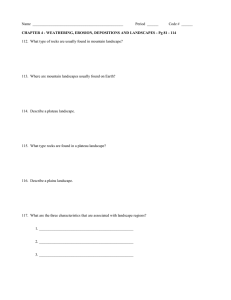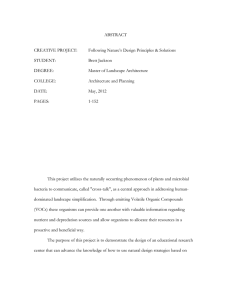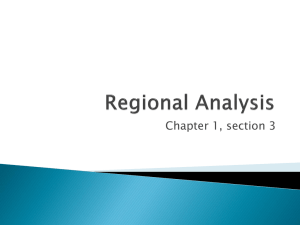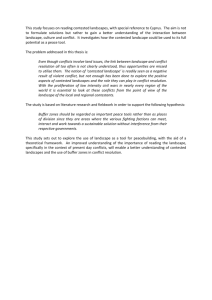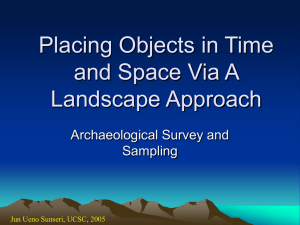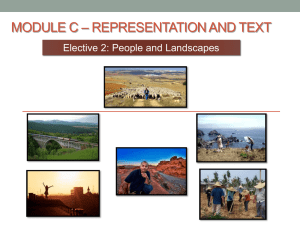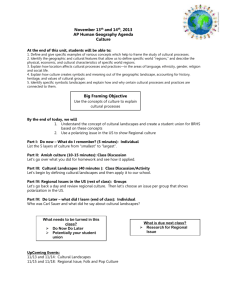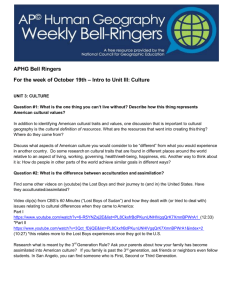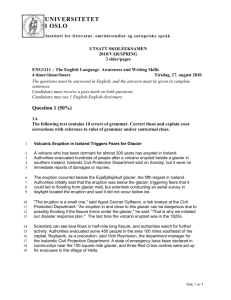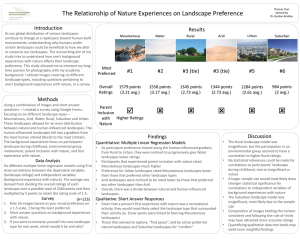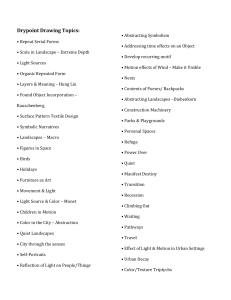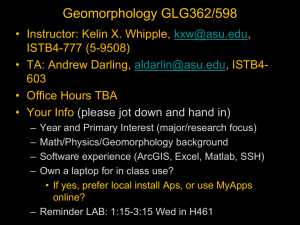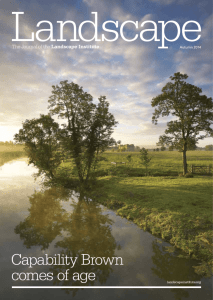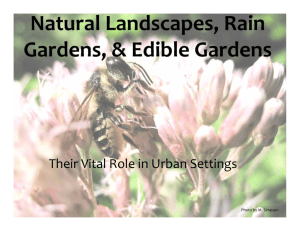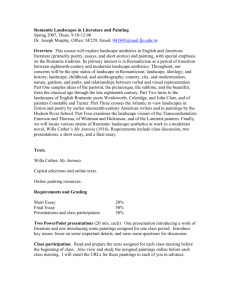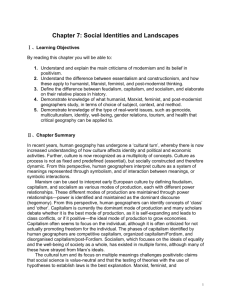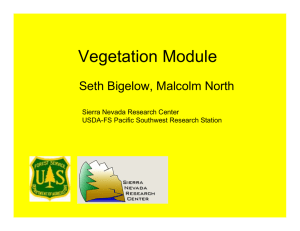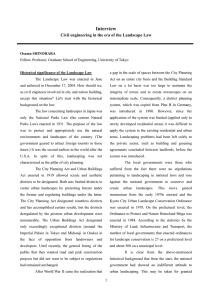sg-poster
advertisement
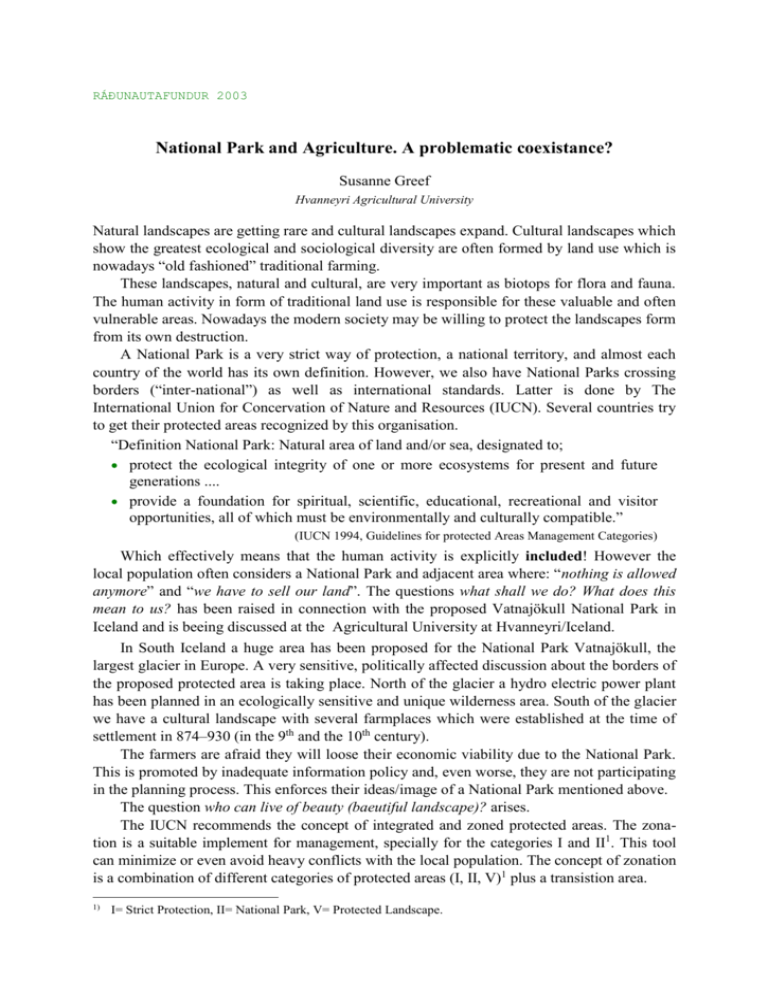
RÁÐUNAUTAFUNDUR 2003 National Park and Agriculture. A problematic coexistance? Susanne Greef Hvanneyri Agricultural University Natural landscapes are getting rare and cultural landscapes expand. Cultural landscapes which show the greatest ecological and sociological diversity are often formed by land use which is nowadays “old fashioned” traditional farming. These landscapes, natural and cultural, are very important as biotops for flora and fauna. The human activity in form of traditional land use is responsible for these valuable and often vulnerable areas. Nowadays the modern society may be willing to protect the landscapes form from its own destruction. A National Park is a very strict way of protection, a national territory, and almost each country of the world has its own definition. However, we also have National Parks crossing borders (“inter-national”) as well as international standards. Latter is done by The International Union for Concervation of Nature and Resources (IUCN). Several countries try to get their protected areas recognized by this organisation. “Definition National Park: Natural area of land and/or sea, designated to; protect the ecological integrity of one or more ecosystems for present and future generations .... provide a foundation for spiritual, scientific, educational, recreational and visitor opportunities, all of which must be environmentally and culturally compatible.” (IUCN 1994, Guidelines for protected Areas Management Categories) Which effectively means that the human activity is explicitly included! However the local population often considers a National Park and adjacent area where: “nothing is allowed anymore” and “we have to sell our land”. The questions what shall we do? What does this mean to us? has been raised in connection with the proposed Vatnajökull National Park in Iceland and is beeing discussed at the Agricultural University at Hvanneyri/Iceland. In South Iceland a huge area has been proposed for the National Park Vatnajökull, the largest glacier in Europe. A very sensitive, politically affected discussion about the borders of the proposed protected area is taking place. North of the glacier a hydro electric power plant has been planned in an ecologically sensitive and unique wilderness area. South of the glacier we have a cultural landscape with several farmplaces which were established at the time of settlement in 874–930 (in the 9th and the 10th century). The farmers are afraid they will loose their economic viability due to the National Park. This is promoted by inadequate information policy and, even worse, they are not participating in the planning process. This enforces their ideas/image of a National Park mentioned above. The question who can live of beauty (baeutiful landscape)? arises. The IUCN recommends the concept of integrated and zoned protected areas. The zonation is a suitable implement for management, specially for the categories I and II1. This tool can minimize or even avoid heavy conflicts with the local population. The concept of zonation is a combination of different categories of protected areas (I, II, V)1 plus a transistion area. 1) I= Strict Protection, II= National Park, V= Protected Landscape. Information, participation and advice can help the local population to understand the speciality of the landcape and show up new oppourtunities in traditional land use. The local knowledge about nature and the origin of the cultural landscape (also called man-made landscape) is essential and make the locals ready to let the visitors join in this knowledge. There are many successfull projects in protected areas in other countries, where the inhabitants are producing local products with a special label, where they are involved in sustainable tourism, information and education topics and even in research/controlling the protection of the area.
